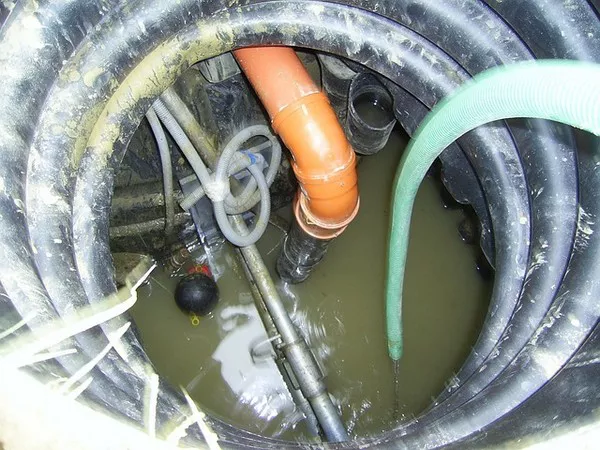Septic systems play a crucial role in managing wastewater in areas without access to centralized sewer systems. They are essential for maintaining public health and environmental integrity by treating and disposing of household sewage. There are three primary types of septic systems: conventional, aerobic, and anaerobic. In this article, we will delve into the intricacies of each system, exploring their design, functionality, and advantages.
Conventional Septic Systems:
Conventional septic systems are the most common type and have been in use for decades. They consist of a septic tank and a drain field. The septic tank is a buried, watertight container that receives wastewater from the house. Inside the tank, solids settle to the bottom, and bacteria break down the organic matter. The effluent, or liquid waste, then flows into the drain field through pipes.
The drain field is a network of perforated pipes buried in trenches filled with gravel or other aggregate materials. The effluent is distributed across the drain field, where it undergoes further treatment as it percolates through the soil. The soil acts as a natural filter, removing harmful bacteria and pathogens. Conventional septic systems are cost-effective and relatively easy to maintain but require sufficient space and well-draining soil.
Aerobic Septic Systems:
Aerobic septic systems differ from conventional systems in that they introduce oxygen into the treatment process. This increased oxygen availability enhances the breakdown of organic matter, resulting in more efficient treatment of wastewater. These systems are particularly suitable for areas with high water tables, clayey soils, or sites where a conventional septic system may not be feasible.
In an aerobic septic system, aeration chambers or aerobic treatment units (ATUs) are added to the system. These chambers use mechanisms such as air pumps to inject oxygen into the wastewater. This promotes the growth of aerobic bacteria, which are more effective at breaking down organic material compared to the anaerobic bacteria in conventional systems.
Aerobic septic systems often produce higher-quality effluent, allowing for more flexible disposal options, such as irrigation of non-edible plants. However, they tend to be more complex and may require more frequent maintenance, including the replacement of mechanical components.
Anaerobic Septic Systems:
Anaerobic septic systems, in contrast to aerobic systems, do not rely on oxygen for the treatment process. They are simpler in design and operate in an oxygen-deprived environment within the septic tank. Bacteria in anaerobic systems break down organic matter in the absence of oxygen, producing methane and carbon dioxide as byproducts.
The septic tank in an anaerobic system allows solids to settle at the bottom, forming sludge, while the partially treated effluent exits the tank. The effluent then flows into the drain field for further treatment in the surrounding soil. Anaerobic septic systems are known for their reliability and low maintenance requirements. However, they may produce lower-quality effluent compared to aerobic systems.
Choosing the Right System:
The selection of a septic system depends on various factors, including soil conditions, site size, local regulations, and maintenance preferences. Conventional systems are suitable for many residential settings with ample space and well-draining soil. Aerobic systems are ideal for challenging environments, providing enhanced treatment capabilities, albeit with increased maintenance demands. Anaerobic systems are a cost-effective and reliable option for simpler applications but may have more limited treatment efficiency.
Maintenance Considerations:
Regardless of the type of septic system, regular maintenance is essential to ensure optimal performance and prevent issues that could lead to system failure. Routine pumping of the septic tank, inspection of components, and adherence to water conservation practices all contribute to the longevity and effectiveness of the system.
Conclusion:
Understanding the three primary types of septic systems is crucial for homeowners, builders, and environmental professionals alike. Each system has its advantages and considerations, and the choice depends on specific site conditions and regulatory requirements. By carefully assessing these factors and implementing proper maintenance practices, individuals can ensure the longevity and efficiency of their septic systems, contributing to both public health and environmental sustainability.

